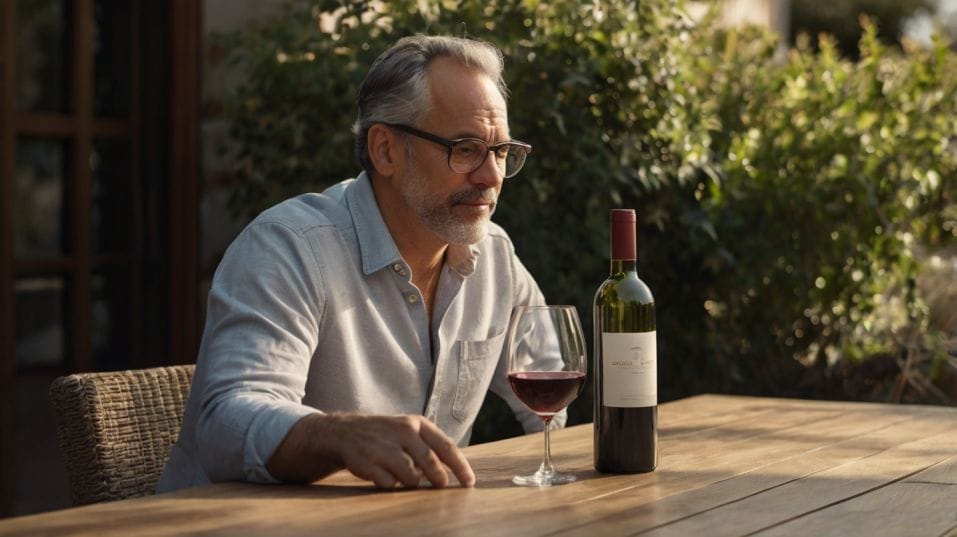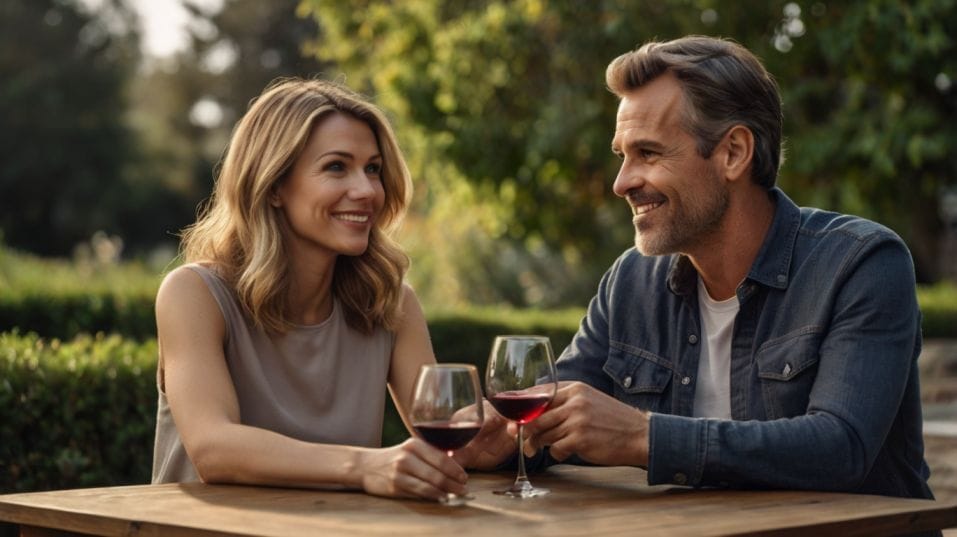“I Don’t Like Wine” — Or Have You Just Had the Wrong One?
Think you don’t like wine? You might just be drinking the wrong kind. Learn how to taste, explore, and enjoy wine that actually fits you.

Ever said, “I just don’t like wine”? What if the problem isn’t wine—but the wrong wine for you? You don’t need a sommelier’s vocabulary or a taste for the expensive stuff to enjoy it. You just need the right match.
Wine isn’t a test—it’s an experience. Find what fits your mood, your senses, your moment. Because chances are, it’s not that you dislike wine. You just haven’t met your kind yet.
What You Think You Don’t Like Might Be a Mismatch
Let’s be honest. Most people are introduced to wine in less-than-ideal conditions. Maybe it was a warm red at a wedding, a bitter sip from your parent’s glass at dinner, or a cheap white that tasted like melted candy.
These early impressions stick. But wine is vast. Just because you didn’t like one (or five) doesn’t mean you won’t like the sixth. Or the sixteenth. The key is this: not all wine is made to taste the same, and not all wine is made for you. Yet.
Think about it like music. If the first few songs you ever heard were out of tune, you wouldn’t write off the entire art form—you’d just look for better artists.
Wine works the same way. The challenge isn’t deciding whether you like wine. It’s figuring out which wines suit your senses.
Start with Feel, Not Flavor
Forget the tasting notes for a moment. When you’re new to wine, reading a label that says “plum, graphite, forest floor” doesn’t help you much.
It might even intimidate you. Instead, shift your focus to something more useful: how the wine feels in your mouth. Is it crisp and refreshing like cold lemonade?
Silky and smooth like dark chocolate? Grippy and drying like black tea? Or full and plush like whipped cream? These sensations—body, texture, weight—are easier to connect with than abstract aromas.

And they reveal more about what you'll actually enjoy. A heavy red might sound appealing until it clings to your tongue for minutes.
A high-acid white might taste sour solo, but feel zippy and alive with food. Train yourself to notice the tactile qualities first. Flavor becomes clearer after that.
Sugar, Acidity, and Tannin: Know the Balancing Act
Whether or not you realize it, your palate already responds to structure.
The main components in wine—sweetness, acidity, tannin, and alcohol—all pull in different directions. Learning how they interact will help you understand why something tastes “off” or “just right.”
Sweetness
Softens acidity and bitterness. That slight touch of residual sugar in an off-dry Riesling? It balances the sharp tang and makes the wine feel rounder.
Acidity
Gives wine its energy. It cuts through richness and refreshes your palate. Without it, a wine can feel flat or flabby—even if it’s fruity.
Tannin
Is the drying sensation you feel in reds. It comes from grape skins, seeds, and oak. Tannin adds structure and ageability, but too much can make a wine feel rough—especially without food.
Once you begin to recognize these elements, you can pinpoint what’s working (or not) for you. A wine that seems harsh alone might transform next to food.
One that tastes sweet might actually be dry—it just has ripe fruit and low acidity. That’s why wine education doesn’t mean memorizing grapes. It means learning how to read a wine as you taste it.
Context Is Everything
Here’s a truth even pros will admit: a wine never tastes the same twice. Temperature, setting, food, glass shape, your own mood—they all influence the experience.
And if you’re judging a wine in isolation, especially at room temperature with nothing on your plate, you're not giving it a fair chance.
Take a light, high-acid red like Gamay. At room temperature, it might seem sour. Chill it slightly, pair it with something salty or roasted, and it suddenly comes alive—fresh, juicy, electric.
Or imagine a bold, structured Cabernet Sauvignon. On its own? Tannic, dry, even harsh. But with grilled meat, where fat and salt soften those tannins? It becomes rich and harmonious.
This isn’t elitism—it’s physics. Acidity cuts fat. Tannin bonds with protein. Sweetness offsets spice. These are chemical reactions that shape what you taste.
So next time a wine doesn’t land, ask: Would this taste different with food? Cooler? In a different glass? You’ll be surprised how often the answer is yes.
Explore Horizontally, Not Just Upward
When people want to “get into wine,” they often reach for bottles with higher price tags, assuming that “better” equals more enjoyable.
But enjoyment isn’t linear. A $60 Burgundy won’t necessarily speak to you more than a $20 Beaujolais—especially if you don’t yet know what you’re tasting.
Instead of chasing prestige, try tasting side by side. Pick two wines made from the same grape, but from different regions. Or two from the same region but made in different styles. Taste them with food.
Without food. Take notes, mental or written. Look for contrast. What’s smoother? What’s sharper? What feels more balanced?
This is how professionals learn. Not by memorizing facts, but by building muscle memory in their palate. And it works for you, too—no wine degree required.
Labels and Jargon Are a Language, Not a Wall
One of the biggest hurdles for new wine drinkers is the language. Between foreign words, stylistic buzzwords, and maps of obscure regions, it can feel like a secret club you’re not invited to.
But here’s the truth: the jargon isn’t there to confuse you—it’s there to describe. You don’t have to decode every detail. Just learn what a few key terms mean for your glass.
“Old World” vs. “New World”
Old World wines (France, Italy, Spain) tend to be earthier, subtler, more restrained. New World wines (California, Chile, Australia) often taste riper, fruitier, more vivid. Not better or worse—just different.
Vintage
Matters, but not always how you think. Some years are better for aging; others make wines more approachable young. If you’re buying to drink now, focus more on producer and style.
Estate Bottled, Reserve, Single Vineyard
These can be meaningful, or just marketing. But once you find wines you love, checking for these terms can lead you to more of the same quality. Instead of feeling pressured to memorize wine law, use the label as a springboard.
Start with a bottle you enjoy, then research where it comes from and why it tastes the way it does. Over time, those foreign words start to make sense—not as facts to learn, but as flavors to expect.
Final Thoughts: Wine Doesn’t Need to Impress—It Needs to Connect
Saying you “don’t like wine” is perfectly valid—but it’s also usually incomplete. What you really mean is: “I haven’t found the wine that fits me yet.”
Wine is personal. You don’t need permission to like what you like, and you don’t need credentials to explore.
But the more curious you are, the more rewarding it becomes. Start small. Trust your senses. Pay attention to how a wine feels, not just how it tastes.
This week, try one simple thing: Open two bottles with different styles—light and dark, crisp and creamy, sharp and soft. Taste them side by side. No scorecards, no pressure. Just ask yourself: Which one feels better to drink?
That’s your palate talking. Start listening. And keep going. There’s a whole world in that glass.




